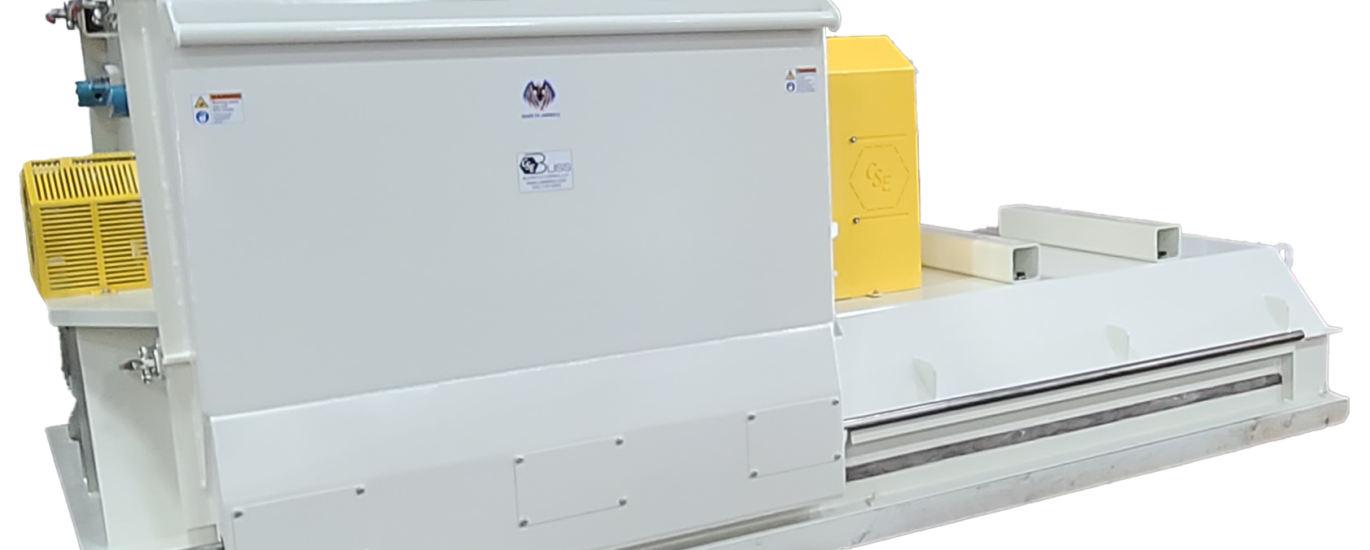In the realm of agricultural processing, where efficiency and precision are paramount, the significance of hammer mills cannot be overstated. These versatile machines play a pivotal role in the size reduction process for feed and grain applications, offering a range of benefits that contribute to enhanced productivity and product quality. At CSE Bliss we understand the importance of leveraging advanced technologies to optimize operations, and the utilization of hammer mills stands as a testament to this commitment.
Understanding Hammer Mills
Before delving into their importance, it’s essential to grasp the fundamentals of hammer mills. These machines consist of a rotating shaft fitted with hammers or blades that strike and shatter the material into smaller particles. The design and configuration of the hammers, along with the speed and size of the screen perforations, dictate the final particle size distribution.
Importance in Feed and Grain Applications
1. Particle Size Consistency: Hammer mills excel in achieving uniform particle size reduction, ensuring consistency in feed and grain processing. This uniformity is crucial for optimizing feed formulation and promoting balanced animal nutrition.
2. Enhanced Digestibility: Smaller particle sizes improve digestibility, allowing animals to extract nutrients more efficiently from the feed. Hammer mills facilitate the breakdown of grains into finer particles, enhancing their digestibility and ultimately leading to better animal performance.
3. Customizable Output: The versatility of hammer mills enables operators to adjust parameters such as hammer configuration, rotational speed, and screen size to achieve the desired particle size distribution. This customization capability ensures compatibility with diverse feed ingredients and processing requirements.
4. Increased Throughput: Hammer mills boast high throughput rates, enabling rapid size reduction of large volumes of feed and grain. Their robust construction and efficient operation contribute to improved processing efficiency, ultimately reducing operational costs and increasing overall productivity.
5. Energy Efficiency: Compared to alternative size reduction methods, such as roller mills or attrition mills, hammer mills offer superior energy efficiency. Their high-speed impact action minimizes energy consumption per unit of material processed, making them a cost-effective solution for feed and grain processing facilities.
In the realm of feed and grain processing, the utilization of hammer mills represents a cornerstone of efficiency and productivity. These versatile machines offer unparalleled benefits, including consistent particle size reduction, enhanced digestibility, customizable output, increased throughput, and energy efficiency. At CSE Bliss, we recognize the pivotal role of hammer mills in optimizing size reduction processes, and we remain committed to delivering innovative solutions that empower agricultural operations to thrive.
Whether you’re a feed mill operator seeking to streamline production or a grain processor aiming to maximize product quality, integrating hammer mills into your processing workflow holds the key to unlocking new levels of efficiency and performance. Embrace the power of hammer mills and elevate your feed and grain processing capabilities to unprecedented heights.


